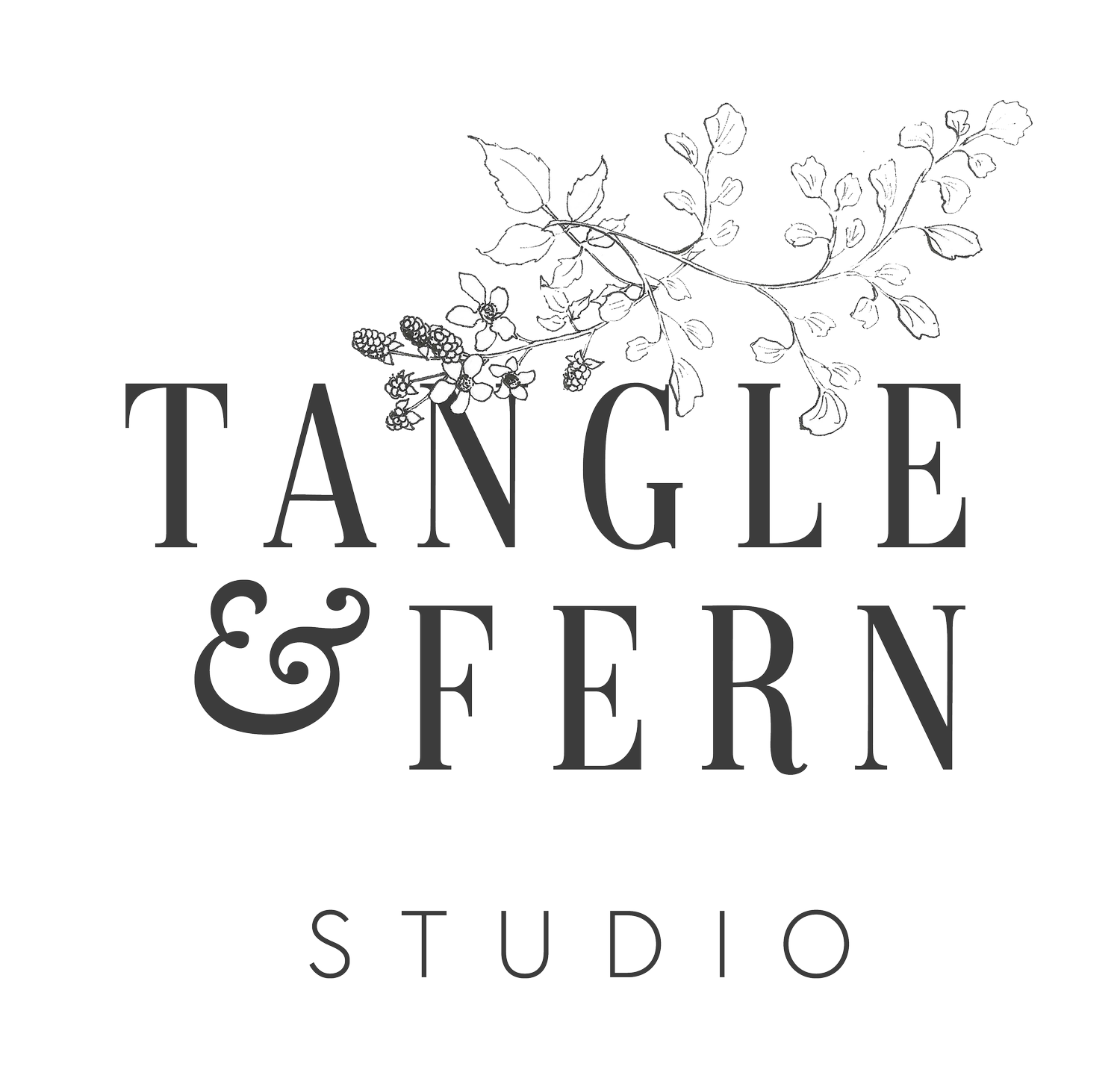Choose your mood
Today we are going to create three “mood words” for your brand. These words will represent your goals and values, while influencing how you express them in public.
What are mood words, exactly? Mood words identify how you want to make your audience feel.
They’re not what you do.
Not a description of your style.
They’re how you want to make people feel.
This is the most important thing for you to remember. You are not going to be describing your brand itself with these words, you are describing how your brand makes other people feel.
Maya Angelou said it best:
“I've learned that people will forget what you said, people will forget what you did, but people will never forget how you made them feel.”
Turn to your workbook on page 23 and read over the sets of “mood words” on the page. Then follow the workbook instructions below to choose your words (scroll further if you need extra help).
Workbook instructions
-
1. Edit the sets
You’ll see the words are grouped in sets of four. Read through these, and cross out any that don’t feel as though they apply to you. (If you’re working on the screen, you’ll just need to cross them out in your mind)
-
2. Choose your words
Now read through each of the word-sets that are left. Within each set of four, circle the one word that most feels as though it represents how you want your audience members to feel.
-
3. Cull down to three
Take a look at the words you’ve circled. Are there any that say pretty much the same thing as the other, which you could merge? Are there any that feel more or less relevant than others? Try to cull them down to three words.
-
4. Finalise your choices
Do the three words you have chosen feel as though they best represent the way you want to make your audience feel? Is anything missing? Is anything a bit off? Keep going. You don’t need to stick to only the words on this page - feel free to brainstorm for others that better suit you. Put your final three words in the boxes at the bottom of page 23.
If you need extra help…
FEELINGS, NOT ACTIONS
It’s an easy trap to fall into trying to choose words that describe what you do, rather than how you want people to feel. Yes, there will probably be an overlap between the two, there is also a distinct difference.
To use my illustration brand “Naomi Loves” as an example, the things I do are tell stories, write books and zines, make illustrations, send mail, and try to live more thoughtfully and sustainably. So if I wanted to choose three words about what I do, they’d probably be something like “illustration,” “storytelling,” and “mindfulness.”
But that’s not how I want people to feel when they engage with me, it’s not my story.
The actual words I chose are “slow,” to represent the feelings of living a thoughtful, mindful, hand-crafted life; “creative,” to represent the way I want to inspire and encourage people to explore and enjoy their own creative interests; and “personal” to represent the way letter-writing makes me feel: a very tangible connectedness that can so often be lost in a social-media world.
ADJECTIVES, NOT NOUNS OR VERBS
If you are struggling to separate your actions (what you do) from your emotions (how you want people to feel), sometimes a simple grammatical trick can help.
The tip is to use adjectives, rather than nouns or verbs. Your mood words are likely to be descriptions. Test yourself, by adding each of your mood-words to this sentence: “My brand feels ___________________.”
In the case of my Naomi Loves brand, each sentence would read:
“My brand feels slow”
“My brand feels creative”
“My brand feels personal”
The same sentence won’t make sense if you’ve used nouns or verbs. “My brand feels jewellery” doesn’t work. Nor does “My brand feels food-styling,” or “My brand feels nutrition.” Try again, describing how you want your jewellery, food-styling nor nutritional services to make people feel.

